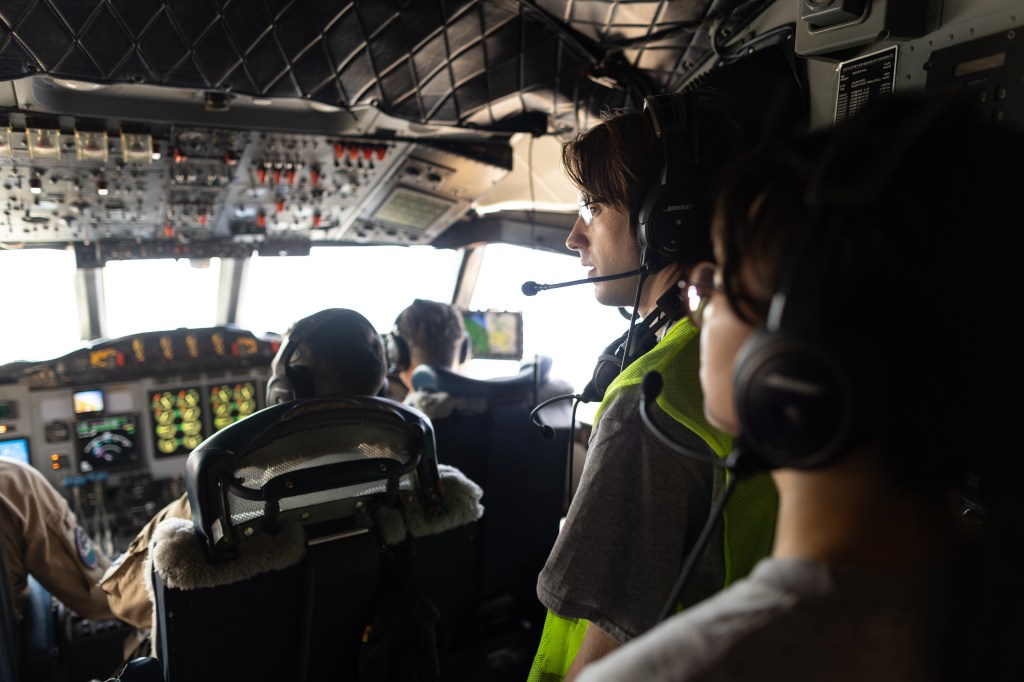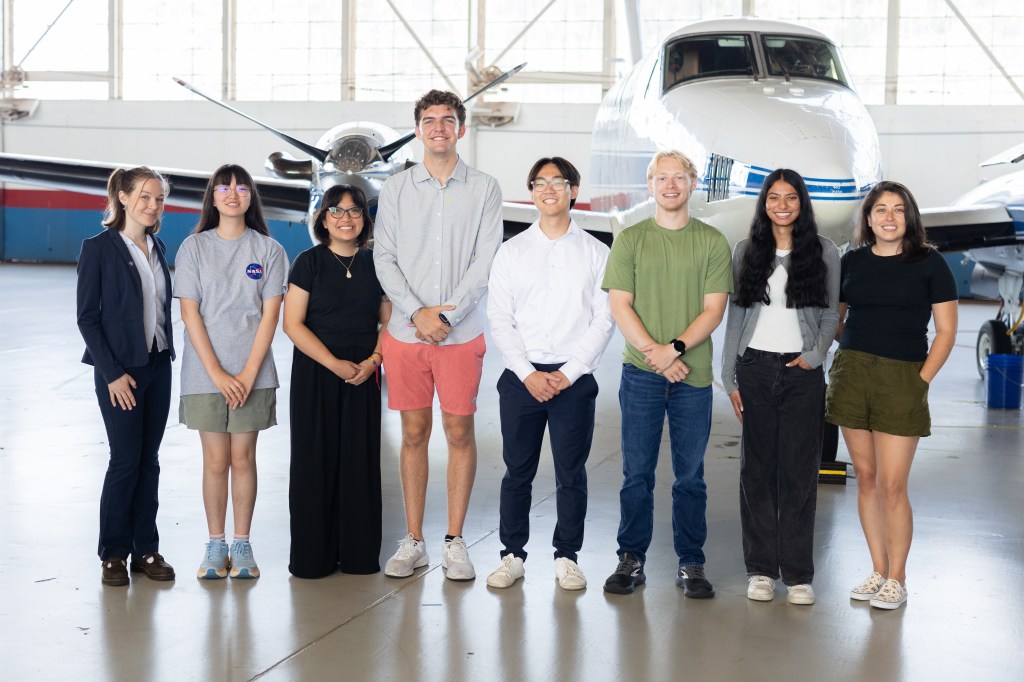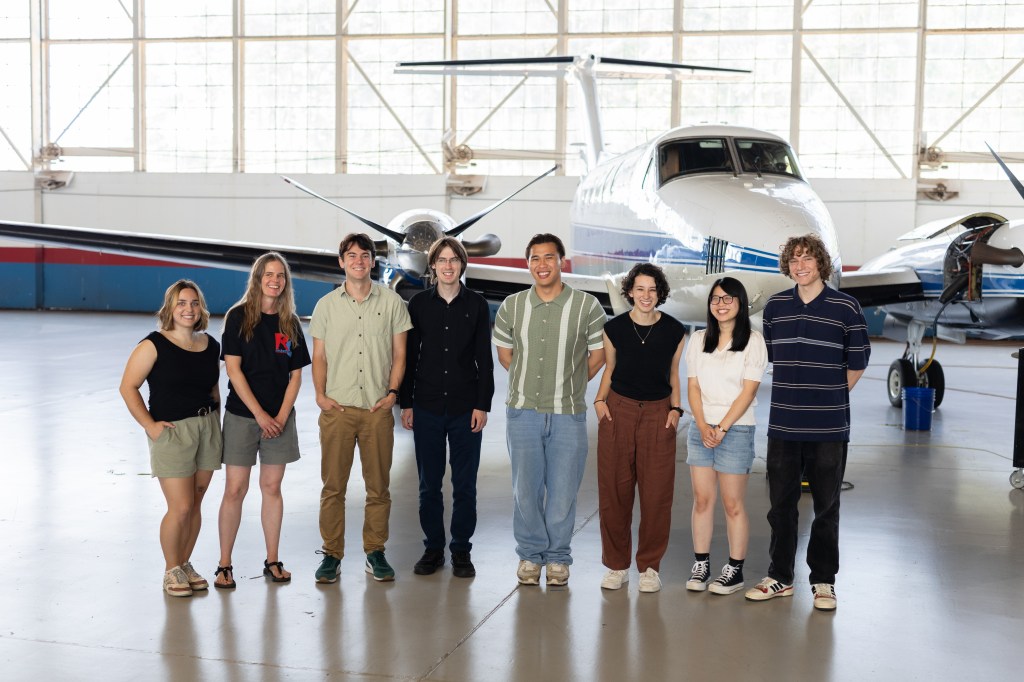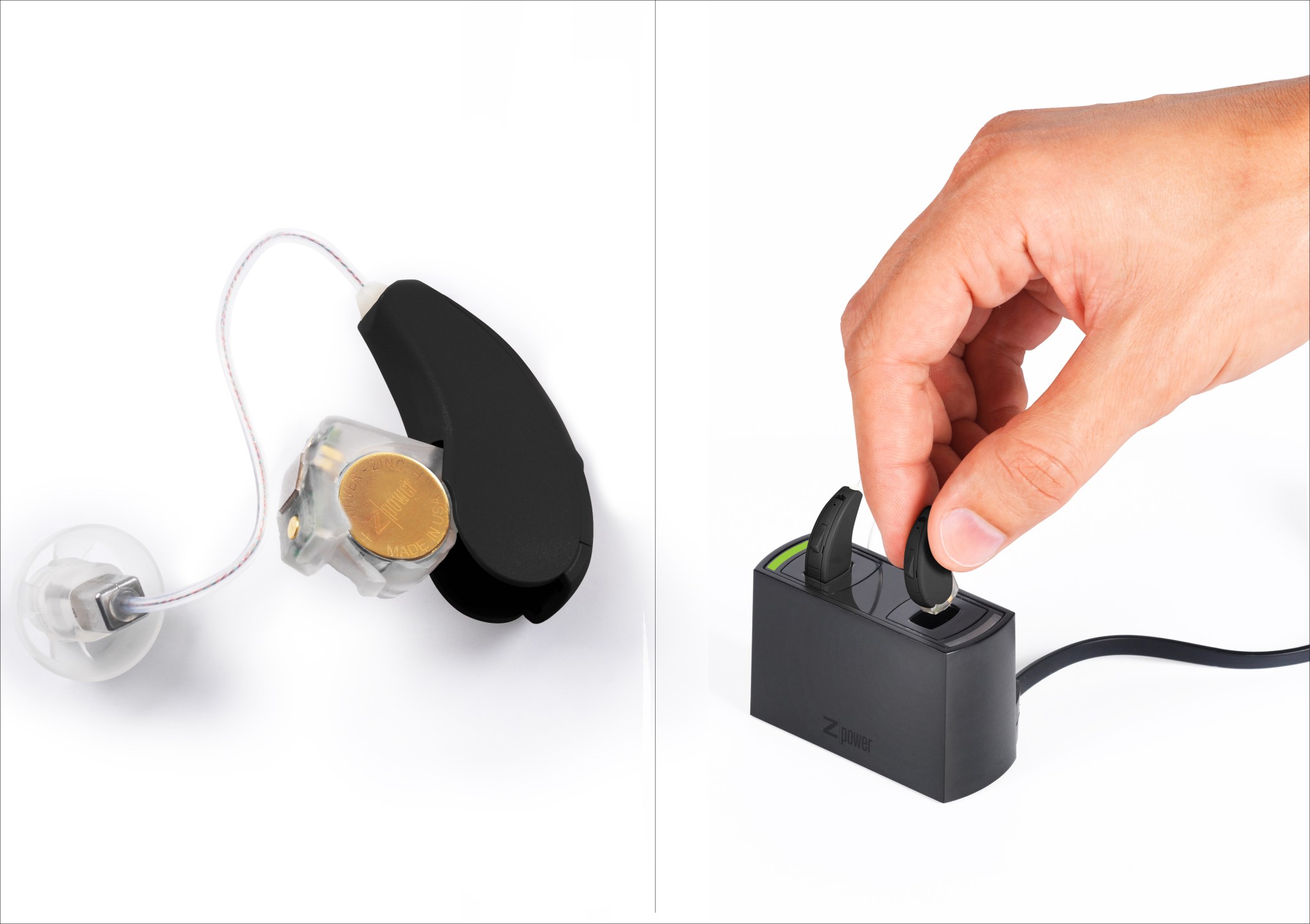
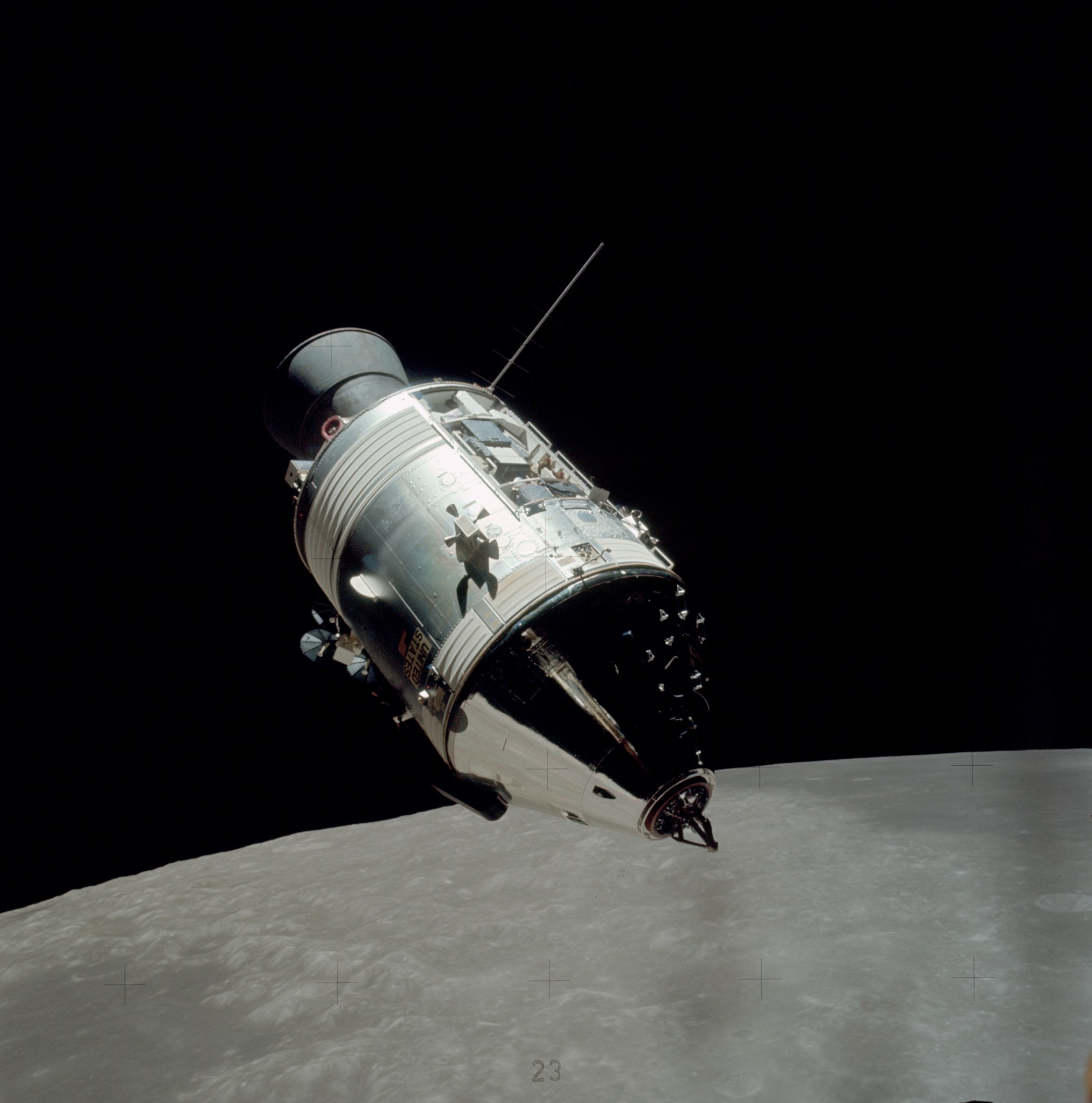
We often imagine that inventions are born whole: a eureka moment that changes history. But that’s rarely how it happens.
One technology that exemplifies the long, hard slog of creation is the silver-zinc battery, more than two centuries in the making. Today, the battery, which offers more energy per ounce than any other battery couple, is finally making inroads in the consumer market as a rechargeable hearing aid battery — with potential for much more.
Its story, featured in the latest issue of NASA’s Spinoff publication, to be released on Dec. 5, has been marked by incremental progress, dead ends, and the occasional breakthrough — including a crucial one at NASA’s Glenn Research Center, then known as Lewis Research Center.
The biggest challenge for silver-zinc batteries was that their electrodes — the cell’s negative and positive electrical conductors — were soluble and deteriorated quickly. The answer to this challenge, developed first in the late 1920s by professor Henri André and then advanced by the U.S. military in World War II, was a membrane to separate the two electrodes.
The military still deploys these single-use batteries to power submarines, torpedoes and other devices, and in its early days, NASA used them too.
But the space agency really wanted a rechargeable version — and there, electrode deterioration remained a problem. By the time the battery had been drained and recharged just a few times, its performance would drop significantly. And the problem got worse if the battery was heat-sterilized, a requirement to ensure rovers and spacecraft don’t carry microbes to other planets.
Apollo-Era Advances
During the 1960s, researchers across NASA worked to resolve these challenges, making only minor improvements. However, outside NASA, the Astropower Laboratory of Douglas Aircraft Company had come up with an experimental cell using a novel, inorganic ceramic separator, which showed promise. The agency teamed up with the lab to advance the technology, and by 1972 NASA had tested and proven a battery that could be recharged shallowly, even after heat sterilization, some 400 to 500 times.
It was a huge improvement, but well below the 10,000-cycle life of the nickel-cadmium batteries commonly used in space applications of the time.
On the other hand, the silver-zinc batteries were one-third the size and provided a substantial weight savings, which was enough to keep NASA on the trail. Throughout the 1970s, NASA helped develop chemistries with better performance and a new method to manufacture the batteries cheaply and efficiently. However, the rechargeable battery lasted longest if it was only drained a little bit — deeper discharge-recharge cycles caused it to fail more quickly. As a result, NASA has not made heavy use of the technology.
But silver-zinc batteries continue to have potential advantages, even over lithium-ion batteries, that make them attractive for commercial markets, especially when the batteries need to be tiny.
For one thing, lithium-ion batteries are prone to a phenomenon known as thermal runaway, which in rare but disastrous cases causes them to catch fire. This is not a possibility with silver-zinc batteries, which use a water-based chemistry. Lithium-ion batteries also require more packaging and other components that take up a larger percentage of their space the smaller they get, so it’s a less efficient technology for small spaces.
A New Market
Traditional hearing aids run on disposable batteries, usually zinc-air based. As a result, hearing aid users have to replace their batteries every week or so. Changing the small batteries is no easy task, especially for the seniors who are their primary users. And to conserve battery life, users will often turn off the hearing aids for stretches of time, inevitably leaving them without hearing at inconvenient moments.
“Can you think of any other high-end electronic device where you’ve got to do that?” asks Ross Dueber, president of ZPower, a Camarillo, California-based company founded with the goal of selling rechargeable silver-zinc batteries commercially. “It’s just unfathomable in this day and age.”
Using NASA’s publicly available research as a jumping off point, ZPower began in the 1990s to develop silver-zinc batteries that could last through more and deeper recharge cycles.
“What we’ve done at ZPower is take that chemistry that NASA did a lot of development on, along with the military, and moved it into the commercial sector,” Dueber says.
The company has improved all four active components of the battery: the two electrodes, the electrolyte and the separators, earning some 100 new patents. The batteries can now survive up to 1,000 discharge cycles without losing significant capacity.
The company launched its rechargeable hearing aid battery in 2013, and expects to expand into other markets as well.
“With a new focus on wearables, people are looking more and more at small, high-energy batteries,” Dueber says. “We really view this as an enabler for new product designs going forward.”
To learn more about NASA Spinoff, visit:
Mike DiCicco
Goddard Space Flight Center
















